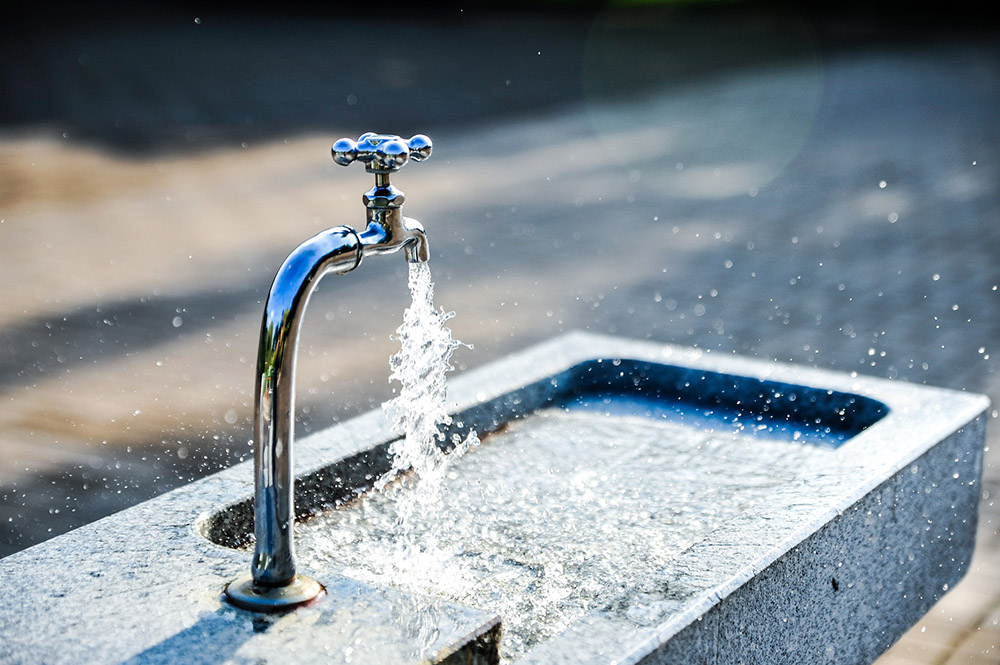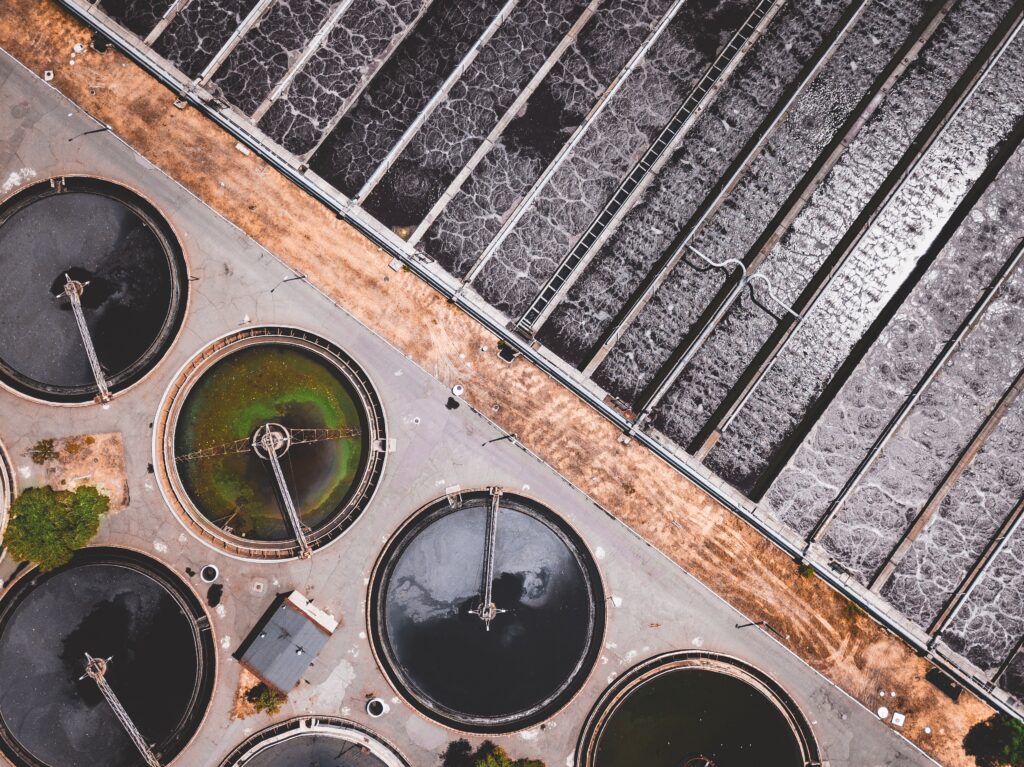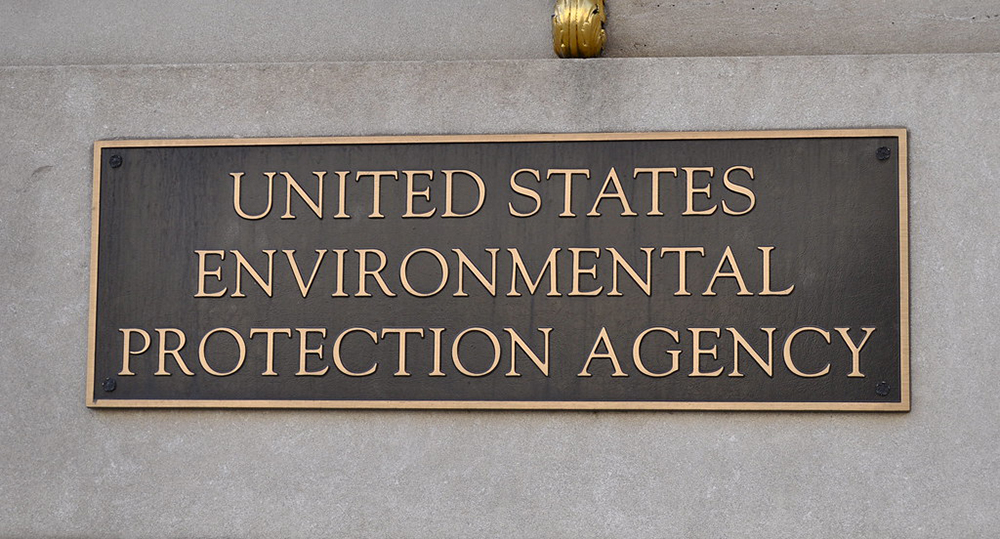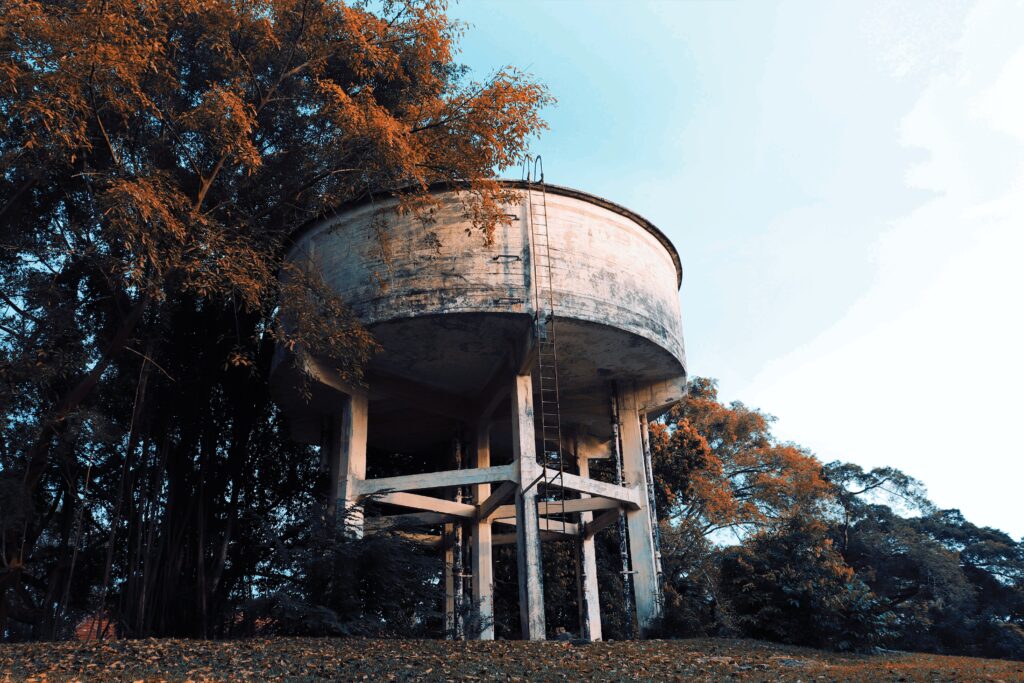The Yale School of Public Health found that babies born to mothers who were exposed to contaminated water from the Flint River had lower birth weights, according to research published in the Journal of Population Economics.
Flint officials switched the drinking water to the Flint River in April 2014 in an effort to save money. It was later determined that the river had unsafe levels of lead, bacteria, and other contaminants, which had leached into the water, and thereby, the affecting residents of Flint.
Yale professor Xi Chen said, “Our study shows that the impact {of the Flint water crisis} is evident as early as the beginning of life, and it could be long-lasting for decades to come. It has much larger effects towards minority groups.”
The relationship between the Flint water crisis and lower birthweights will help researchers understand the long-term economic and social effects of water pollution. Since birth weight is the most critical factor in predicting long-term development like school performance or job placement and salary.
Compared to the national average, babies born in Flint were born over one ounce lighter, with a 15.5 percent frequency. Researchers found that mothers from majority groups with higher educations and incomes tended to purchase bottled water after the crisis, avoiding their exposure to lead contamination.
Those mothers who were at more of a disadvantage or in minority groups with lower education levels were more susceptible to giving birth to children with lower birth weight.
Chen said, “They [disadvantaged mothers] had very little room for adaptation because buying the [bottled] water needed knowledge and also the money.”
The people who suffered from the Flint water crisis experienced both long- and short-term consequences. Health disparities in early life stages might lead to more significant gaps in health and well-being throughout their lifetimes. About 1500 babies were born in the Flint area in 2014.
To ensure your water is free from lead and other contaminants, contact the water purification experts at Reynolds Water today.
Reynolds Water Conditioning was established in 1931 and is Michigan’s oldest water conditioning treatment company. Still owned and operated by the Reynolds family, we take pride in providing the highest quality products at a cost-effective price. If your tap water lacks the quality you deserve, contact us today at www.reynoldswater.com or call 800-572-9575.
Written by the digital marketing staff at Creative Programs & Systems: www.cpsmi.com.







